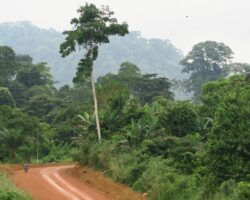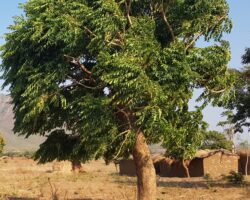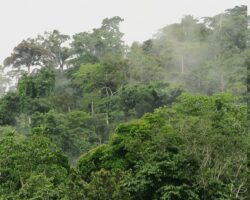“A protected area is a clearly defined geographical space, recognised, dedicated and managed, through legal or other effective means, to achieve the long term conservation of nature with associated ecosystem services and cultural values. (International Union for Conservation of Nature (IUCN) Definition 2008)”. Protected Areas (PA) include national parks, wilderness areas, community areas and nature reserves, which have different degrees of management. Additionally, countries define PAs according to national requirements, their conservation objectives and the IUCN protected areas categories. A major challenge in many developing countries is the land use conflicts around and within these PAs. Many PAs are surrounded by local populations who are in need of resources, which impinge on the conservation aims of these reserves; additionally agricultural expansion around the PAs result in encroachment of these areas. Thus, governments require monitoring of the overall PAs, their forest ecosystems and biodiversity to improve the management of these areas. They also need support in the assessment of high conservation value (HCV) ecosystems to aid planning and zoning of these areas, to enhance their coverage.
The EO4SD Forest Management cluster provides the geo-spatial data, which can support the assessment of deforestation/degradation and land use change in these areas.




